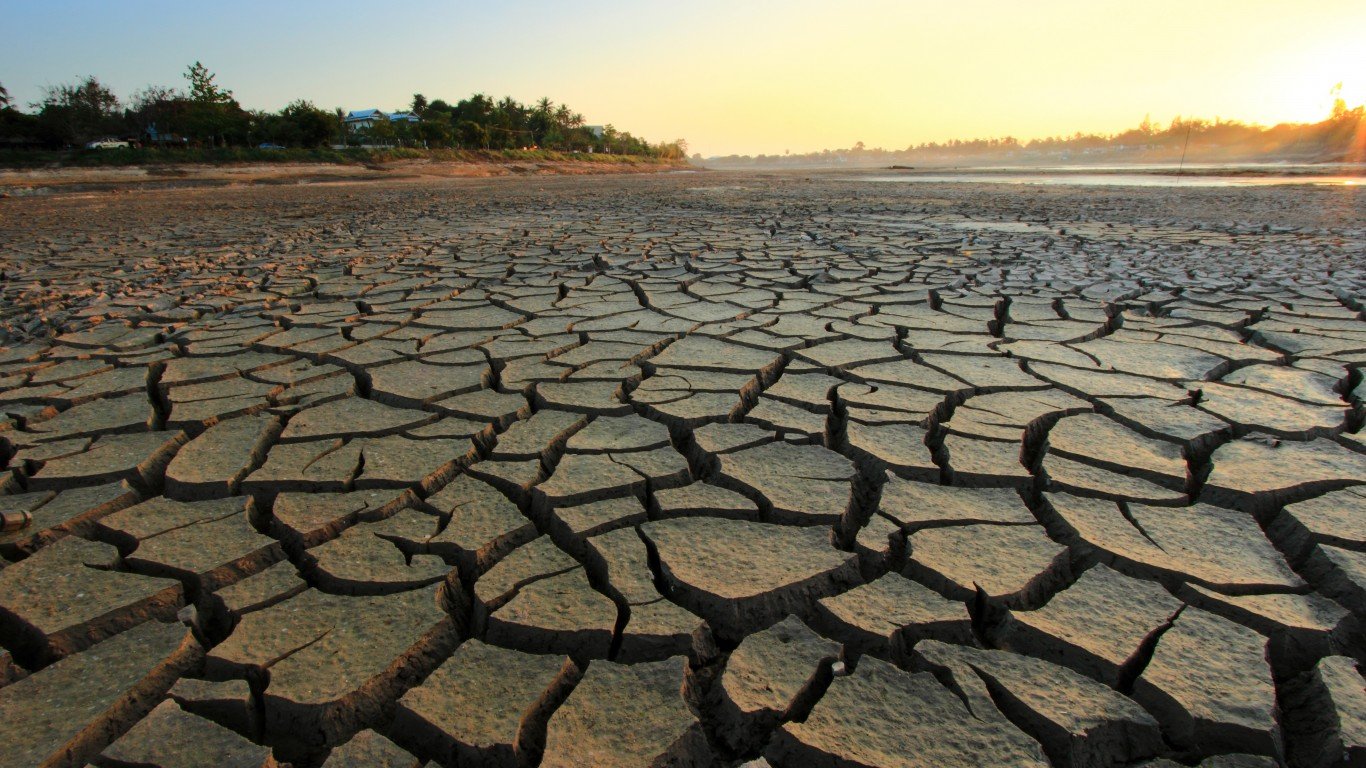

From time to time, researchers put a price tag on climate change. Insurance rates will rise. Millions of people will need to relocate from places where temperatures are 140 degrees Fahrenheit. Rivers will dry up. Floods and wildfires will cause billions of dollars in replacement costs for homes and businesses, and many people will die in the same process. (These are the worst cities to live in as climate change worsens.)
[in-text-ad]
A new study shows a small microcosm of the overwhelming trouble. The garment industry in several nations may see a big erosion in its output in the next several decades, which could rise to $65 billion.
A new study from Cornell University’s Global Labor Institute and Schroders shows the effects of heat and floods on 32 garment production areas in four countries, each crucial for fashion production worldwide. These are Bangladesh, Cambodia, Pakistan and Vietnam.
Across these four nations, the research shows the garment industry employs 10.6 million people. The period forecast by the climate experts runs from 2030. On the one hand, better climate change management would protect these jobs. However, what they label as the “high heat and flooding” scenario drives the $65 billion loss figure. Most of the specific triggers are health problems and a drop in productivity.
The study’s authors are clever enough to show what kinds of apparel brands will be most affected. These are 1) value fast fashion, 2) value retailer, 3) fast fashion mid-multi retailer, 4) mid-market sportswear, 5) mid-market multi-retailer and 6) online only. This is where the study falls apart completely. The notion that even the best researcher can say what will happen in 2050, particularly at this level, is absurd.
Thank you for reading! Have some feedback for us?
Contact the 24/7 Wall St. editorial team.
 24/7 Wall St.
24/7 Wall St.


